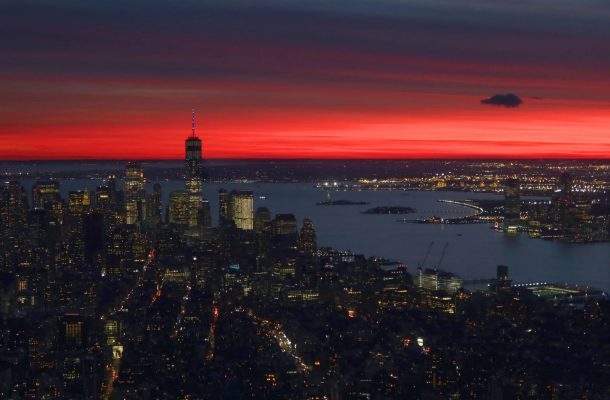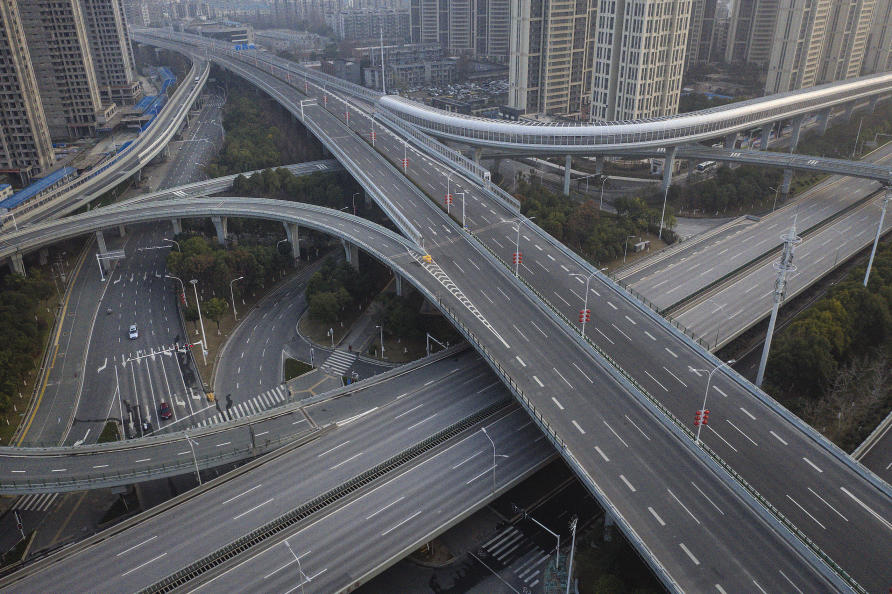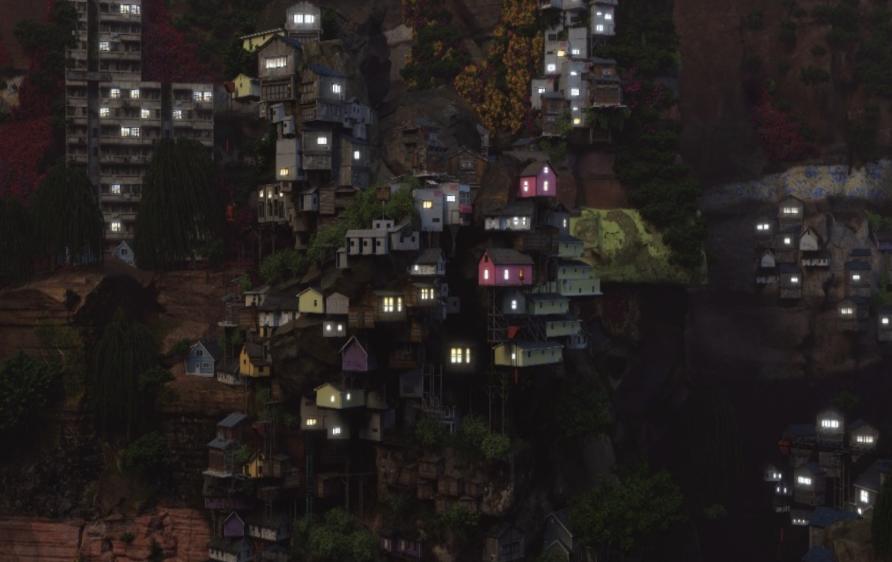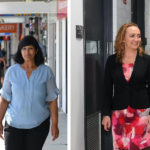Rethinking urbanity

In Australia, we have been ambushed by two distinctive crises in the first year of this new decade. These are crises of breath and atmosphere; of contagion and bushfire smoke.
The mighty conflagrations that characterised the 2019–20 Black Summer, and the rampant COVID-19 outbreak that followed closely after, have catalysed both a crisis of exile and, dialectically, a crisis of lockdown.

2020’s bushfires and the global pandemic were crises of breath and atmosphere; of contagion and bushfire smoke.
We spent the summer running from bushfire threat, and the cooler months sheltering from viral spread. In response, it is clear to see, we have become superb contortionists in navigating the contrary embodiments of forced eviction and house arrest.
We are experts in prolonged uncertainty.
As a result, a kind of everyday neuroticism has become manifest in our collective actions. This altered state of mind makes us look at the space that separates more intensely.
This is the space between humankind and ecology, the space between one’s body and the bodies of others.
Before these events, it might have been a distance to overcome, whereas now this space between us is almost aggressively defended. We have become leery of physical contact, of potential threat.
As a consequence, our cities are now peopled in new ways, with revised corporeal performances making for changed urban experiences.
What this means for our understanding of place, for new ways of being in public and for intimacy is unknown. How future cities will be designed, navigated and populated in response to these crises makes for thrilling, almost Ballardian speculation.

Our cities are now peopled in new ways, changing our urban experience.
Ambush is perhaps the wrong word to use to describe the seemingly brisk unfurling of these crises, as both are intrinsically and predictably linked to the ways humans have been relating to, and with, ecology.
There is no surprise, really, about the backlash we are enduring in response to centuries of violence and neglect. What is perhaps most fascinating about this historical moment, which has been labelled ‘unprecedented’ over and over again, is that the city is shown to be no longer immune to the furies of a troubled ecology.
The binaries that have driven the divide between city and country, centre and periphery, man and nature, have been shown to be senseless.
The belief in any kind of exceptionalism has proven delusional.
With the movement of smoke and pathogens across boundaries, the porosity of what were assumed to be infallible convictions is revealed. Everything is fluid and susceptible. Nobody is immune.
A hyper-globalised world ensures mobility of more than goods and finance. Infectious diseases infiltrate distant geographies, just as environmental externalities plume and morph far from their source.
With this radical interdependence, individual risk is undeniably collective risk.
COVID-19 has shown that the ill health of the very poor can push a wealthy economy into recession. And so, despite decades of blindsiding the urban homeless, the rough sleepers, stepping over their swags on the way to work in rich cities, it now appears necessary to forge new, shared forms of urban responsibility.

Planet City by Liam Young – Commissioned by the National Gallery of Victoria in Melbourne.
The costs of a modified urbanity committed to an ethic of care will surely be less than what we pay for persevering with this flawed, exclusive model of neglect.
Unfortunately, morality is often only brought to the fore in decision-making when mutual advantage is guaranteed. No doubt, the homeless will be returned to the streets when the threat of COVID-19 subsides, ejected en mass from their temporary respite in hotel accommodation.
This momentary hospitality offered by the state can be seen as a sort of sweeping of the streets to keep the propertied safe while the risk of community transmission remains high.
The fortress city; the potential for cordon sanitaire; the ability to keep the woes of the burning bush far from a lucky metropolis, or the pathogens of a ‘third world’ from global cities – none of this is possible anymore. It never was, of course, but more leeway existed to unsee and disregard the ramifications of a particular, dominant way of living.
And although we talk about ‘unprecedented’ and ‘new normals’, it seems far more appropriate to sever any comfort in a hoped-for continuity.
Rather than regard these crises as outliers from the trajectory of assumed norms, it might be more advisable to call out this moment for what it appears to be: a shattering of the continuum, a realisation that there can no longer be any ‘normals’, or even step-changes to new norms, when any kind of future remains impossible to imagine.
A continuity of understanding place, of understanding ourselves in space, is necessary. With these crises of breath severing time, eradicating any solace in a desired future tense, a rethinking of urbanity is required in the present.
When cities have been inherently designed to serve the individual – the consuming and producing individual – and when atomisation of risk and profit has been so thoroughly prioritised, it is difficult to reflect on the possibility of another way of urban living.
But as J. G. Ballard, that masterly diagnostician of urban catastrophe and environmental collapse, was famous for saying: ‘Dangerous bends ahead, speed up’.
The work of reconfiguring cities cannot wait.
Solutions for (post)pandemic cities are already being confidently put forward by global consulting firms and technical specialists, but I think the focus must be on new forms of hospitality that allow cities, and the people within them, to remain generous and yet COVID-safe.
We can afford the cost of a shared, hospitable Urban Age more than we can endure the unrelenting price of elevating individual need over the collective body.
‘Dangerous bends ahead, speed up’.
This article was published by Pursuit.
Claire Collie is a PhD candidate in Urban Planning, Architecture, Building and Planning at the Melbourne School of Design in the University of Melbourne.












